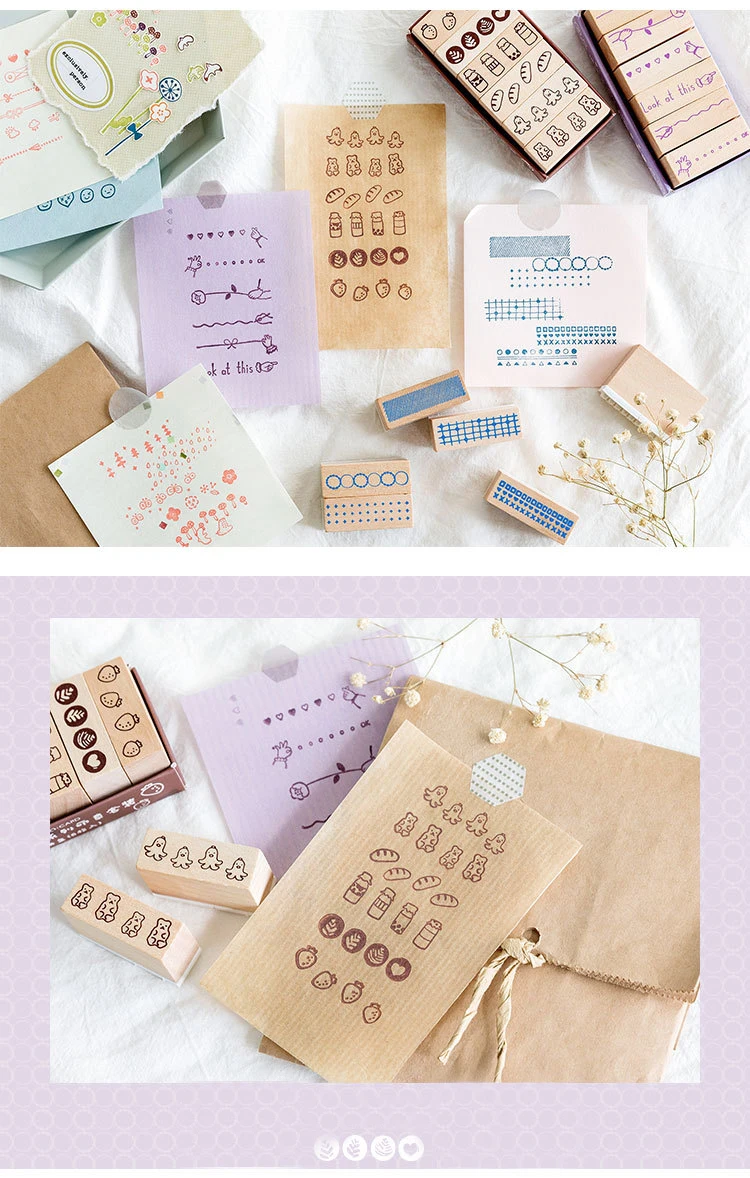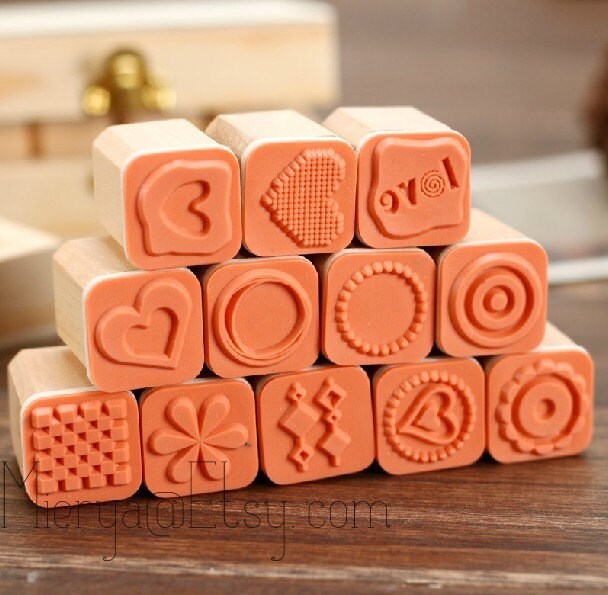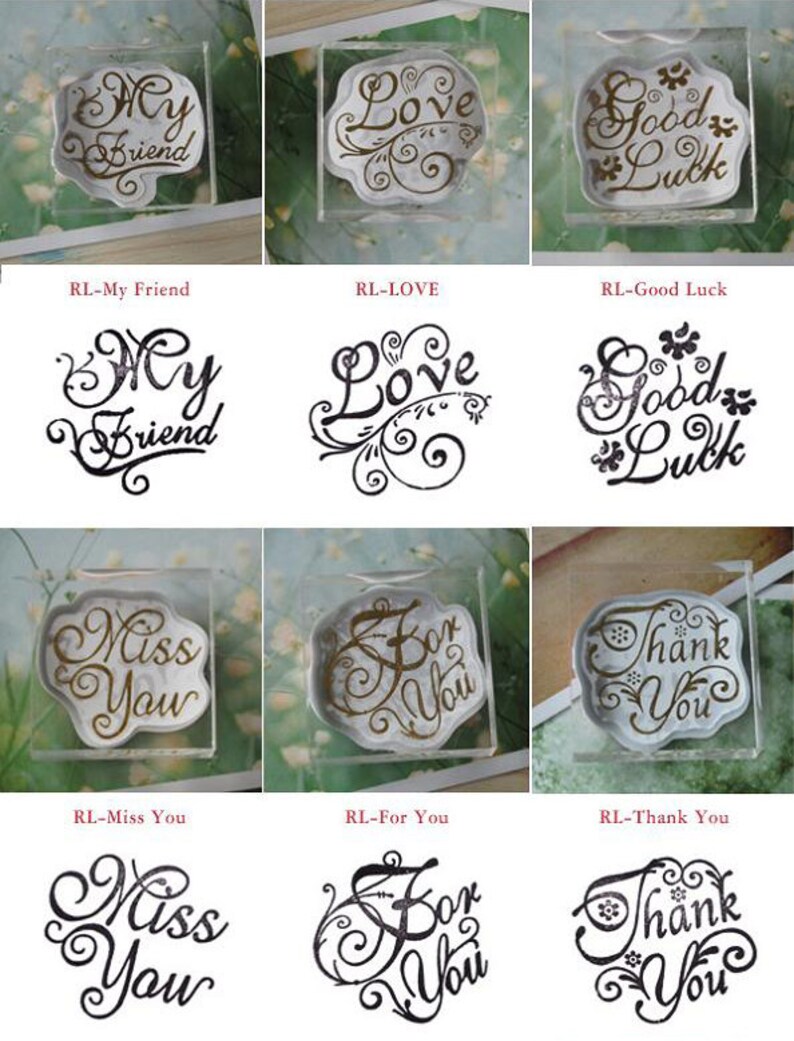
Albums can be commercially purchased, downloaded or created by the collector. There are no rules and it is entirely a matter for the individual collector to decide. Stamps can be displayed according to the collector's wishes, by country, topic, or even by size, which can create a display pleasing to the eye. Stamps should be stored away from light, heat and moisture or they will be damaged. Another alternative is a stockbook, where the stamps drop into clear pockets without the need for a mount. Issued in various sizes, these are clear, chemically neutral thin plastic holders that open to receive stamps and are gummed on the back so that they stick to album pages. However, hinging stamps can damage them, thus reducing their value today many collectors prefer more expensive hingeless mounts. The stamps need to be attached to the pages of the album in some way, and stamp hinges are a cheap and simple way to do this. Stamp tongs help to handle stamps safely, a magnifying glass helps in viewing fine details and an album is a convenient way to store stamps. Equipment Ī few basic items of equipment are recommended for proper stamp collection. However, the hobby's unexpected appeal for a millennial audience was observed in a 2020 article for The Guardian. Some stamps, such as the triangular issues of the Cape of Good Hope, have become legendary.īy the early 2000s, stamp collecting was seen to be in decline as the digital world surpassed traditional hobbies even though by 2013, The Wall Street Journal estimated the global number of stamp collectors was around 60 million. Many adults dismissed it as a childish pursuit but later many of those same collectors, as adults, began to systematically study the available postage stamps and publish books about them.

Īs the hobby and study of stamps began to grow, stamp albums and stamp related literature began to surface, and by the early 1880s publishers like Stanley Gibbons made a business out of this advent.Ĭhildren and teenagers were early collectors of stamps in the 1860s and 1870s. One of the earliest was Adelaide Lucy Fenton who wrote articles in the 1860s for the journal The Philatelist under the name Herbert Camoens.

įemale stamp collectors date from the earliest days of postage stamp collecting. In 1862, Gray stated that he "began to collect postage stamps shortly after the system was established and before it had become a rage". One of the earliest and most notable was John Edward Gray. People started to collect stamps almost immediately. While unused examples of the Penny Black are quite scarce, used examples are quite common, and may be purchased for $20 to $200, depending upon condition.

It was produced without perforations (imperforate) and consequently had to be cut from the sheet with scissors in order to be used. The first postage stamp, the Penny Black, was issued by Britain in May 1840 and pictured a young Queen Victoria.

Postage stamp collecting began at the same time that stamps were first issued, and by 1860 thousands of collectors and stamp dealers were appearing around the world as this new study and hobby spread across Europe, European colonies, the United States and other parts of the world. His collection is preserved in the Royal Irish Academy, Dublin. In 1774, he assembled a book of the existing embossed revenue stamps, ranging in value from 6 pounds to half a penny, as well as the hand stamped charge marks that were used with them. It has been suggested that John Bourke, Receiver General of Stamp Dues in Ireland, was the first collector. Queen Victoria's profile was a staple on 19th century stamps of the British Empire, shown here on a half-penny stamp of the Falkland Islands, 1891.


 0 kommentar(er)
0 kommentar(er)
